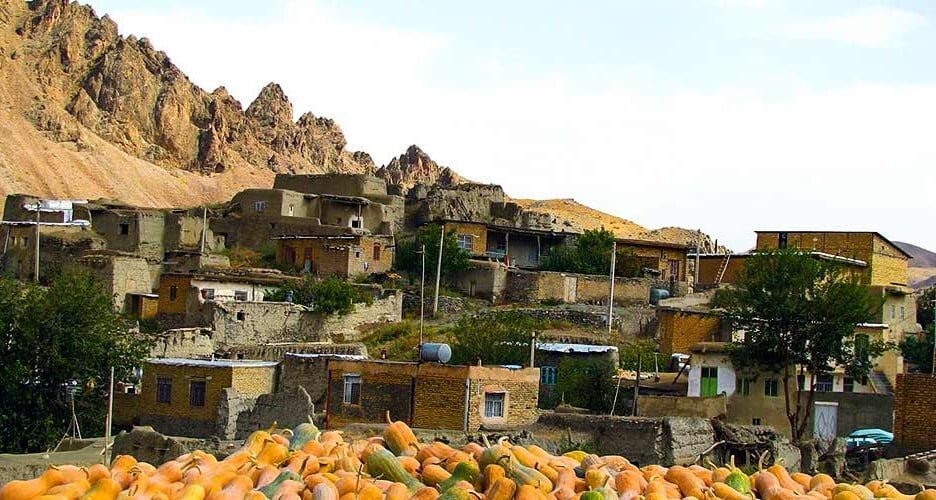Stepped village in Zanjan being restored

TEHRAN – The historical core of the stepped village of Golabar in northwestern Zanjan province has undergone some rehabilitation works, the provincial tourism chief has said.
The project involves flooring and repairing the damaged parts, which is being carried out with indigenous and local materials, Amir Arjmand explained on Wednesday.
A budget of one billion rials ($3,400) has been allocated to the project, the official added.
The project aims at preparing the village as a tourist destination, he noted.
Such projects could eventually lead to reverse rural-urban migration, he mentioned.
Zanjan is one of the cities founded by Sassanid King Ardashir I (180-242 CE). The province makes a base for wider explorations with the architectural wonder of Soltaniyeh, the subterranean delights of the Katale-Khor caves, colorful mountains, and the UNESCO-registered Takht-e Soleiman ruins are nearby.
Iran, home to several stepped villages
Iran is home to several magnificent stepped villages, of which the most popular ones are Masouleh, Uraman, and Kang, which could be included on the World Heritage list.
Roughly a millennium old, Masouleh is one of the most famous villages in Iran, and hence one of its most touristic ones.
Also known as the historical city of Masouleh, it features the earth-colored houses that are stacked photogenically on top of one another like giant Lego blocks, clinging to a mountainside so steep that the roof of one house forms the pathway for the next.
The existence of numerous graveyards inner and outside of the city proves its old texture. The storied and terracing plan of the city is parallel to the mountain slope.
Kang in the northeastern province of Khorasan Razavi, which has been recently inscribed on the national heritage list, with an antiquity of more than 3,000 years, is situated at a distance of some 30 km from Mashhad, the provincial capital.
The village, located on the highlands of Mount Binalud, is also adjacent to Nishabur, known for its turquoise handicrafts and mines.
Uramanat in the west of the country is also another stepped village, which is considered a cradle of Kurdish art and culture from the days of yore.
Stretched on a steep slope in Uraman Takht rural district of Sarvabad County, the village is home to dense and step-like rows of houses in a way that the roof of each house forms the yard of the upper one, a feature that adds to its charm and attractiveness.
In 2021, UNESCO added the Uramanat cultural landscape to its list of world heritage sites.
ABU/MG
Leave a Comment